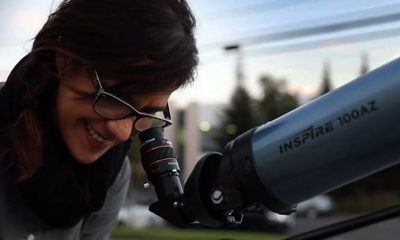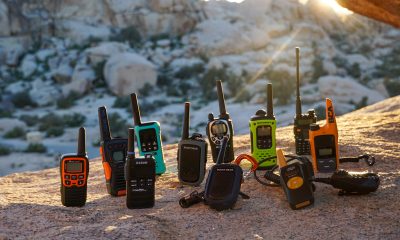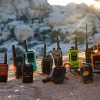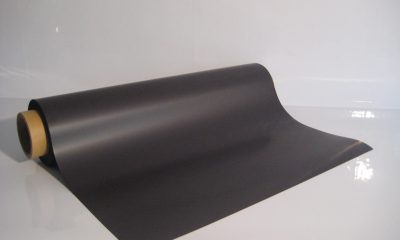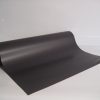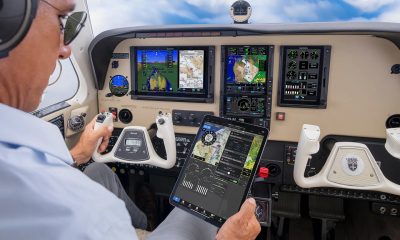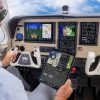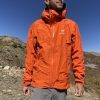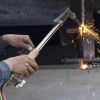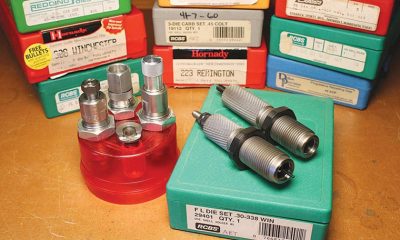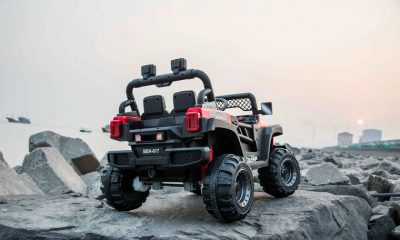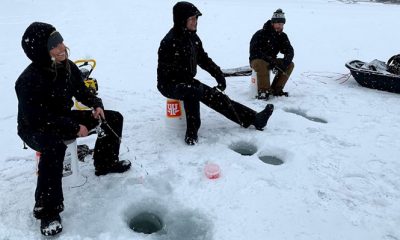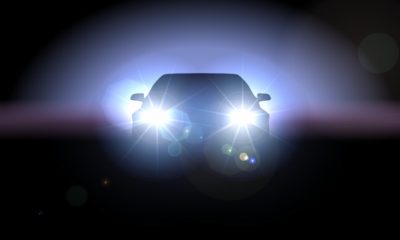Tech & Gadgets
Benefits of Thermal Cameras: Easily Detect Temperature Problems
Excessive heat is often a reason for concern. In people, elevated temperatures point to inflammation or fever, in car engines to defective cooling system components, and in wiring and cables to electrical surges or leaks caused by frayed insulation or overcurrent. Detecting higher heat levels on time is vital for human health and a preventative measure that catches potential problems before they spiral out of hand.
To this end, thermal imaging and the use of thermal image cameras that record a snapshot of heat and temperature imbalances is an effective diagnostic technique. The devices are used in dozens of fields and applications and prove essential tools in basic industries, including plumbing, electrical repairs and automotive maintenance.
Thermal Imaging Basics
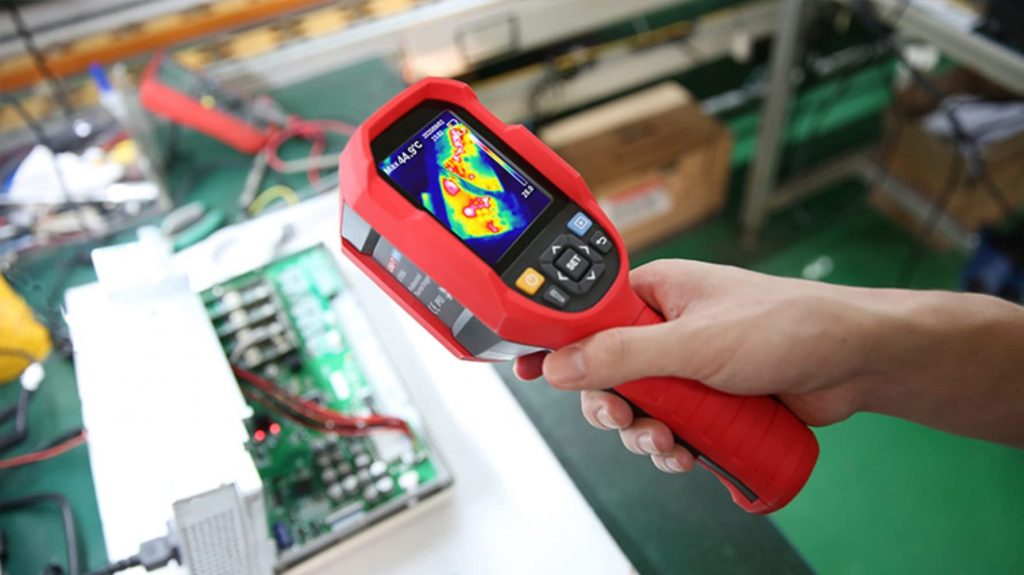
Thermal imaging is the method of measuring an object’s temperature using infrared wavelengths. The process is non-contact and converts invisible infrared energy, or essentially heat, into a visible light display. Heat or infrared energy is emitted by all objects above absolute zero or -273 degrees Celsius.
Temperature variations in varying objects or within different parts of the same object make the essence of the thermal image or thermogram. In current thermal cameras, this is often displayed in different colours, with red, orange, and yellow hues signalling elevated heat levels, while cold spots are portrayed in blue or purple.
Like much of the technology used today, thermal imaging and cameras have their roots in military uses. The first rudimentary cameras were used to detect heat signatures of oncoming aircraft. While cumbersome (each image took hours to process) the principle of recording variations of heat remains the same. What has improved is how heat is detected, and how that is converted to intelligible images.
How Thermal Cameras Work
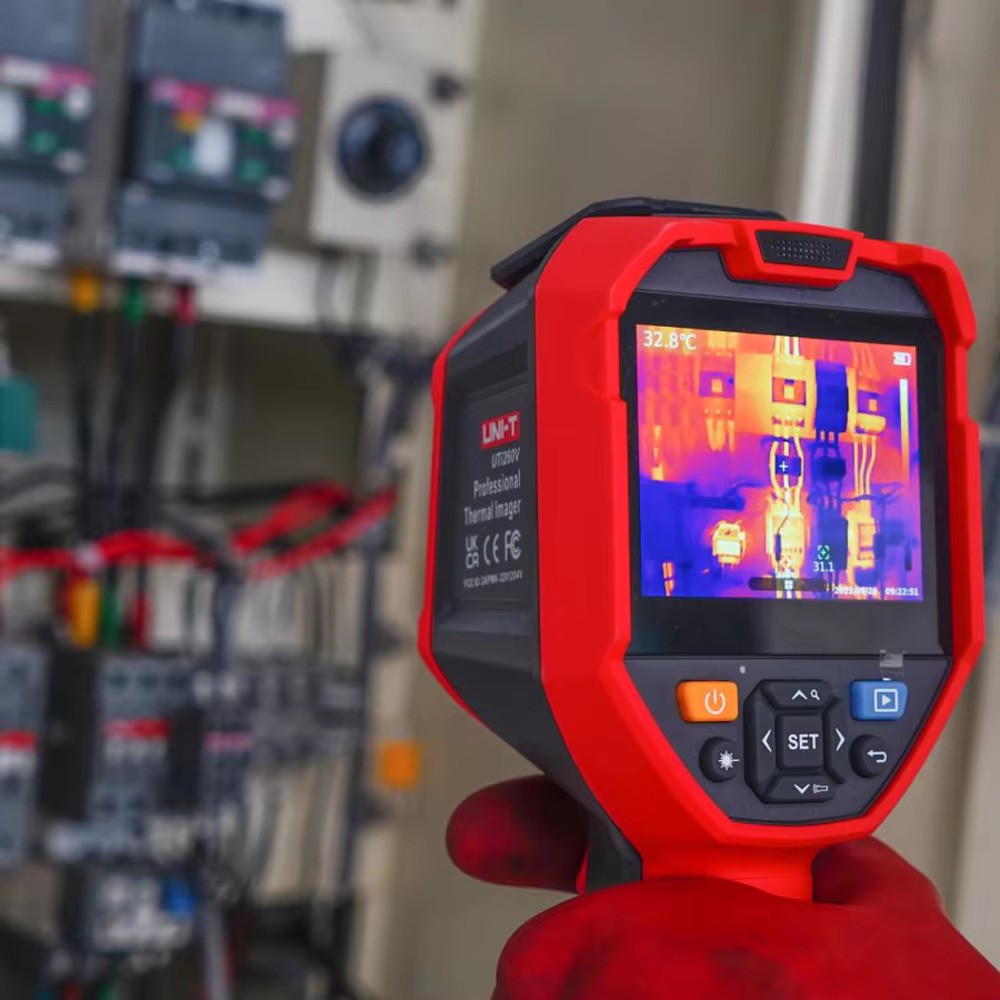
Data from imaging cameras registering heat signatures is produced in a simple yet effective way. Modern infrared thermal imaging cameras detect the thermal energy or heat in objects using a series of detectors much like the sensors found in digital cameras.
Each detector (and there can be thousands on any given camera) registers a specified wavelength within the infrared spectrum as radiation and converts this into an electrical signal.
These signals are then processed by the camera’s algorithms and software, translating data into a visible thermal image, complete with temperature variations depicted with a specified colour map.
Where These Tools Are Used
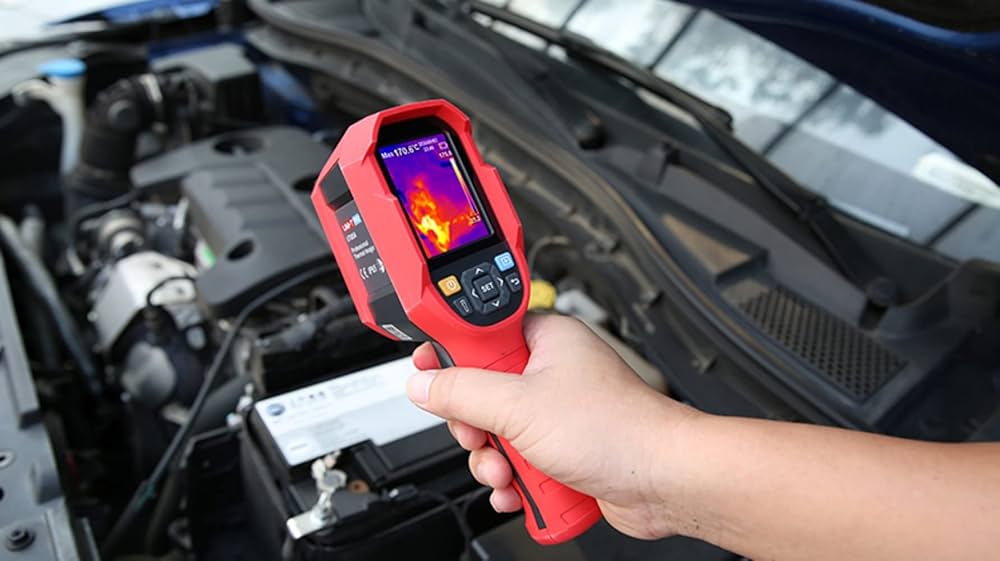
The accuracy, precision, speed and relative point-and-capture nature of thermal cameras accounts for invaluable data in hundreds of everyday and industrial uses. The tools are staples in the toolboxes of electricians, engineers, technicians, mechanics, plumbers, HVAC specialists, contractors and builders. Other non-military areas include firefighting, medicine, search and rescue operations, hunting, animal conservation, and astronomy.
Detecting Electrical Problems
Common electrical issues, such as hot or loose connections, overloaded circuits, frayed insulation and multiphase imbalances are easily detected. This is even before these can cause health or safety hazards, potentially damage expensive equipment, cut vital processes or increase downtime.
Plumbing and Gas Detection
Cameras are used to find blockages, differentiate between hot and cold water pipes, find leaks in walls and ceilings and detect older or hidden piping and drains. They are also used in gas pipelines to discover potential leaks and breaking points.
Building, Construction and HVAC Uses
Find damaged, rotten or missing wall insulation, conduct an energy efficiency test, and locate leaks and thermal bridges in walls, windows, and doors. and detect moisture buildup. Cameras can additionally locate leaks or cracks in ducted ventilation systems, detect Freon spills, uncover blockages in condenser coils and discover areas needing attention or maintenance.
Automotive
Use a thermal camera to find wiring or electrical issues in vehicles, locate areas with high friction or overheating, and detect oil leaks, and components or systems enduring abnormal temperatures. Safety systems with thermal imaging capabilities are also seen in equipment for pedestrian and animal detection at night or in low visibility,
What to Look For
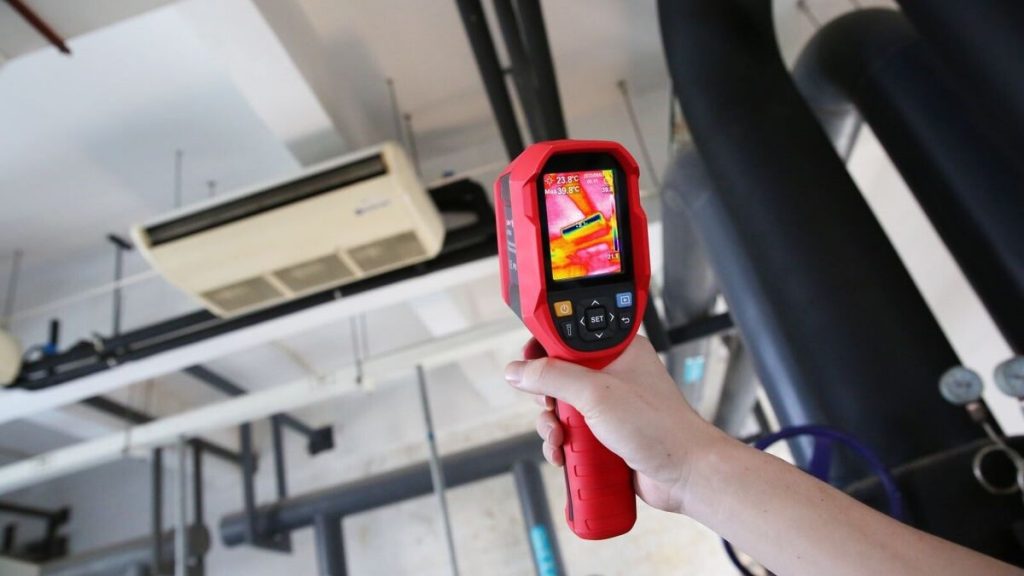
Not all thermal imaging cameras have the same capabilities, especially in terms of getting into detail or dealing with temperature extremes, Crucial differentiating factors that determine overall price and whether you get the job done include:
- Resolution – cameras with higher resolution portray clearer and more detailed thermal images. They can also distinguish between minute temperature deviations, allowing for a higher level of accuracy. Common values are 160X120, 320×240 and 640 by 480 IR pixels, with higher numbers also upping end prices.
- Temperature ranges and sensitivity- related is the temperature range the camera can pick up. This also means several different camera types – Longwave Infrared or LWIR, comprising most commercial and industrial uses with temperatures up to 900 degrees, Near Infrared or Shortwave Infrared cameras (NIR-SWIR) for temperatures nearing 2500 degrees and Middle Wavelength Infrared (MWIR) to detect temperature differences in colder settings such as refrigerated systems. Moreover, cameras with higher sensitivity or the ability or detect smaller temperature differences (in milli-Kelvin or fraction of a degree) will uncover issues, leaks and hot spots faster and more precisely.
- Filed of View (FOV) – the optics used to collect heat signatures determine how wide or narrow the area or scene is that is recorded. This will depend on usage, Pinpointed and more accurate images come from cameras with lenses with a narrower field of view. These can also be used at safer distances without impacting image quality. Like digital cameras capturing visible light, thermal varieties extend versatility with changeable lenses, and the ability to focus on the subject.
- Functionality – the ability to record video, store images, overall build quality, the range of available accessories, and ease of use (most are lightweight, handheld devices) are a few factors to consider before buying.
- Brands and pricing – these are precision instruments used in demanding settings. Ensure to shop from quality brands and at prices that make financial sense with cameras appropriate for the task.
Writing for the blog since 2012, Chris simply loves the idea of providing people with useful info on business, technology, vehicles, industry, sports and travel – all subjects of his interest. Even though he sounds like quite the butch, he’d watch a chick flick occasionally if it makes the wife happy, and he’s a fan of skincare routines though you’d never have him admit that unless you compliment his impeccable skin complexion.

